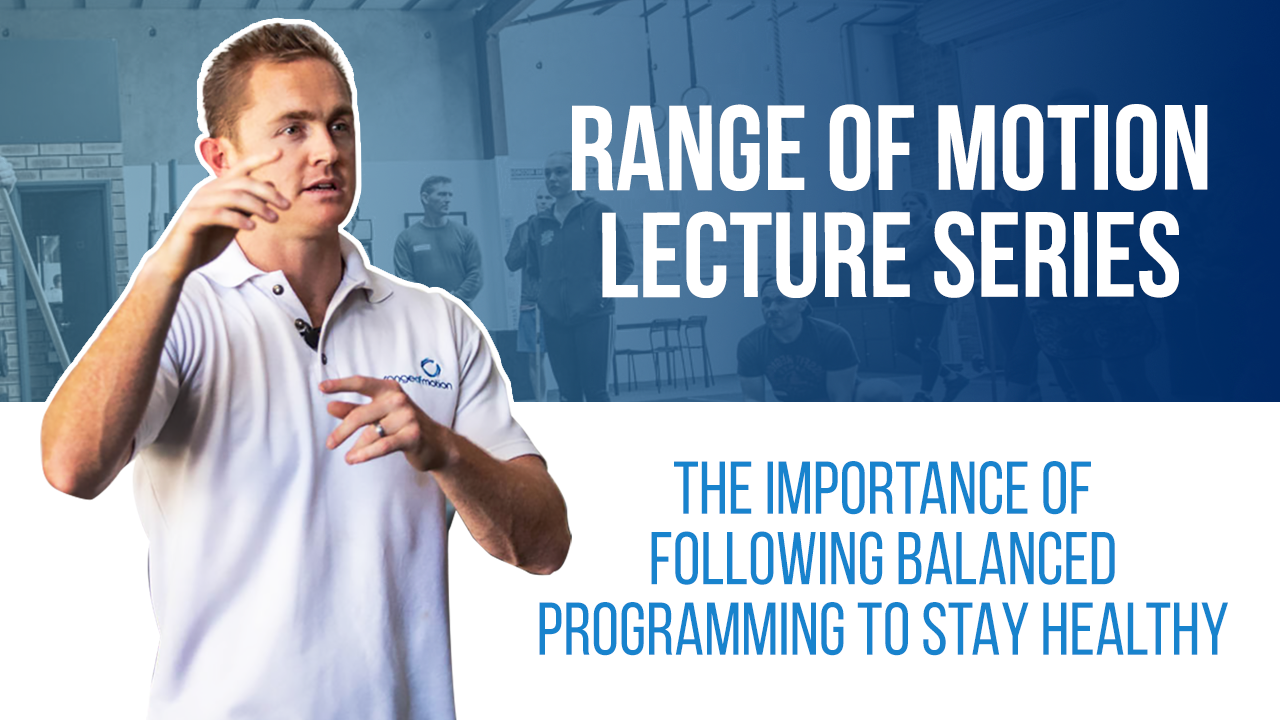Transcribed from video:
– Follow balanced programming. That programming needs to be balanced in the session itself, short term, but also that long term training programme, in the long term. We talked about programming yesterday morning and we said that if you, if you’re putting too many pushing movements in, the you’re going to develop some overuse stuff. If you’re doing pull-ups too much, you’re going to develop some overuse stuff. Have that balance of movements, push pull, anterior posterior chain. And then over the long run as well, not just movements but energy systems, training types, types of stimuli. Try and bias your training around an imbalance you have already. So, if you’re following balanced programming for gen pop, for general population, maybe it’s not what your problems are. You’ve got the general population doing a lot of work on their hammies and glutes. Yours are super strong, you can deadlift 300 kilos but you can’t squat 100. So, yes it should be balanced programming, but balanced for you, based on what you need, which we can establish using our model of health, that waggon wheel model, to work out where your focus needs to be. Follow programming individualised to your needs and your recovery profile, which will be different for different people.





